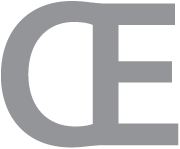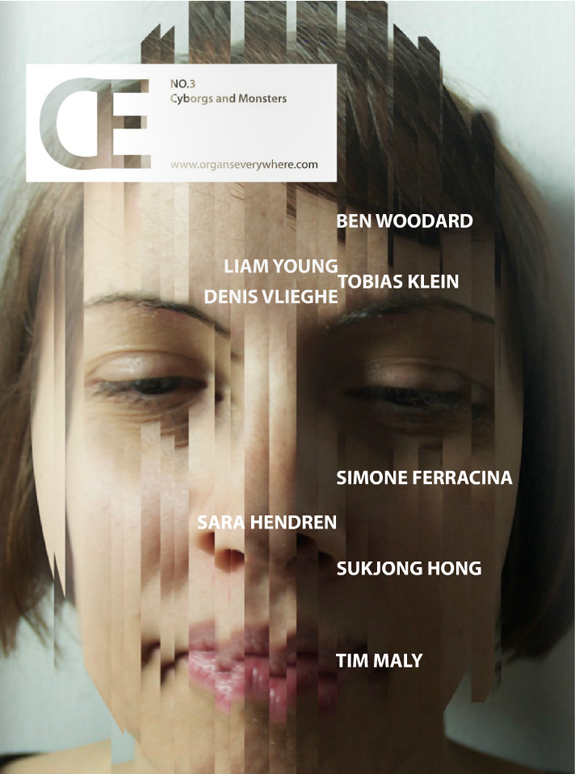The Zoned Body
January 29th, 2012
Some questions linger, are mutagenic and multiplicative; their purpose is not clear, their possibilities not fully explored. The “Digital Surgeon” project from Œ No. 3 “Cyborgs and Monsters” addresses a cluster of such questions: how will men and women appear to each other in the future? Will virtual augmentations contribute to their freedom, or will they be used to entertain/soothe them into a kind of semi-conscious perceptual subjugation? Could the inner, autonomic processes of the body be interpreted to provide clinical information, or externalized as colorful communication tools—signifiers of moods, emotions, disease? And how will our real-time, real-world virtual doppelgängers (we might call them the “Internet of the body”) interact with the increasing ubiquitousness of the Internet of things? How will space and the body mutually and responsively change and adapt to each other?
To begin expounding on these questions—preliminarily laid out in the “Digital Surgeon’s User Manual”—I wrote a micro-essay/project description which, for now, focuses on body modifications as a means of expression and control (exercise of ownership?) over the body. Of course, the AR nature of the project excludes the incredibly interesting and ethically tortuous field of functional body modifications—increases in our functional range, from magnetic implants and exoskeletons to meat-and-blood wings. By merely looking at the body as perceived through the distorting lens of optoelectronic devices, however, we might realistically assume a leveled playing field, one where socially relevant technology keeps being within the reach of most. Anyway, here it is (and you can find more images in the issue or here):
If the ability to modify something is a mark of ownership (you re-model your own house, not your neighbor’s), when it comes to the human body things get complicated. Clearly, we can shave, tattoo or pierce it, but if more invasive or unorthodox modifications are desired—the surgical equivalent of tearing down walls or punching windows—our volition proves insufficient; we must seek the approval of experts—medical, legal and psychiatric—to ‘clear’ our desires into agency.
It turns out that, like buildings, our bodies too are ‘zoned,’ and the ‘master plan’ they adhere to is continually tested against public opinion and mainstream ideas of beauty, dignity and belonging. And it is precisely the arbitrary ethics of these shared efforts that stipulate that, for instance, breast augmentation is a more acceptable procedure than, say, growing a bump in the middle of the forehead.
In the physical world, the catalog of available elective surgeries is edited not by subjective wishes, or even medical constraints, but current fashions. But in the augmented city of the near future, where physical and virtual objects merge and are experienced as one, this need not be the case.
Digital Surgeon is a speculative Augmented Reality software set in this not-so-distant future, and aimed precisely at re-gaining control over the body as perceived in immersive environments. Firstly, the user’s body is scanned in great detail, generating a 3D baseline model for the mapping of surgeries. Secondly, the user selects a surgery or group of surgeries and tests it in front of the mirror. Lastly, the surgery is broadcasted to optoelectronic lenses activated by proximity, and computed in the viewer’s field of vision in real-time (beauty truly in the eyes of the beholder).
Surgeries can run under five distinct modalities: the cosmetic mode allows users to enhance their own appearance by modifying the 3D mesh associated with their bodies, uploading new digital parts, and overlaying filters. The plasticity mode curates a compilation of time-sensitive operations, challenging the permanence and irreversibility of traditional cosmetic surgery and providing users with a plastic, durational flesh. Metamorphic cycles run algorithms based on pre-defined time schedules, tagged to GPS coordinates—or cities, buildings, rooms—or activated by specific viewers. The controversial demiurge mode reverses the software’s aim by assigning digital surgeries to others. The invisibility cloak mode allows users to mask selected parts of their body with live video from other parts (grafting) or with images of the surroundings, thus seemingly disappearing. The translucent body mode translates electrophysiological information collected by sensors into colors and patterns, allowing users to visualize the complex, ecological dimension of the body and its autonomic biological processes.
Digital Surgeon promotes a flexible idea of beauty, proposes new electronic frontiers for the (perceived) body and generates a novel kind of real-time portraiture—one where painter and thing painted coalesce into one. It imagines men and women capable of (re)presenting their bodies with ever-growing plasticity—unbound by the prescriptive tastes of society.


